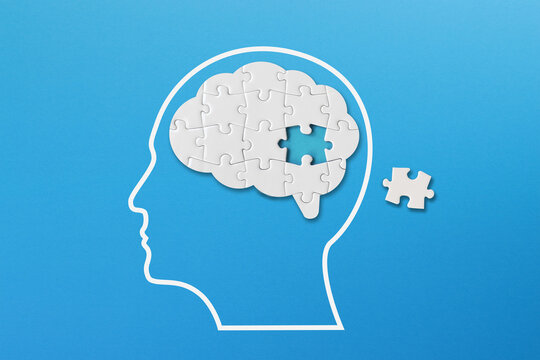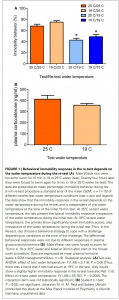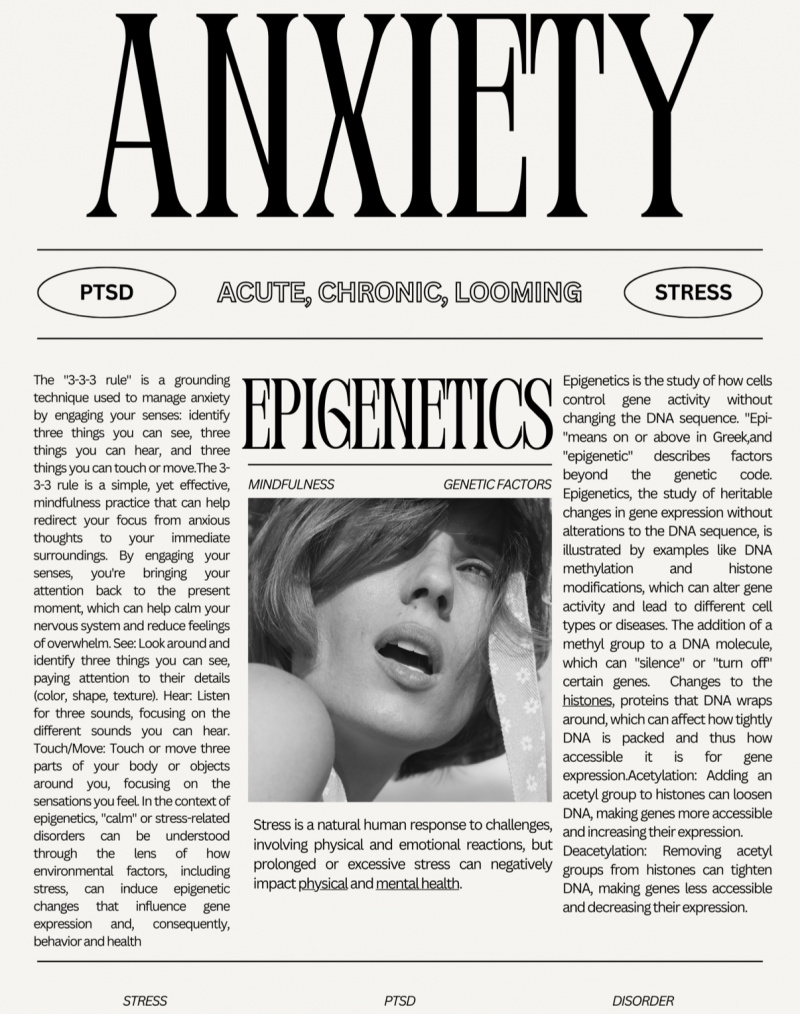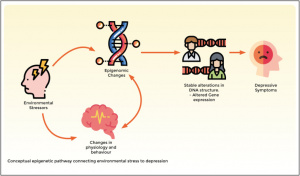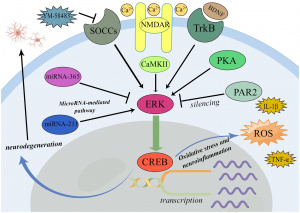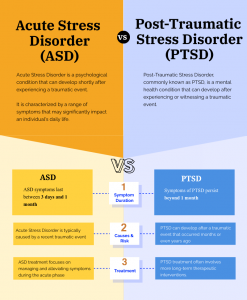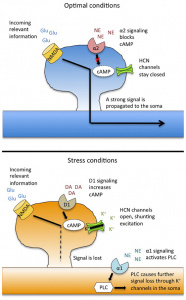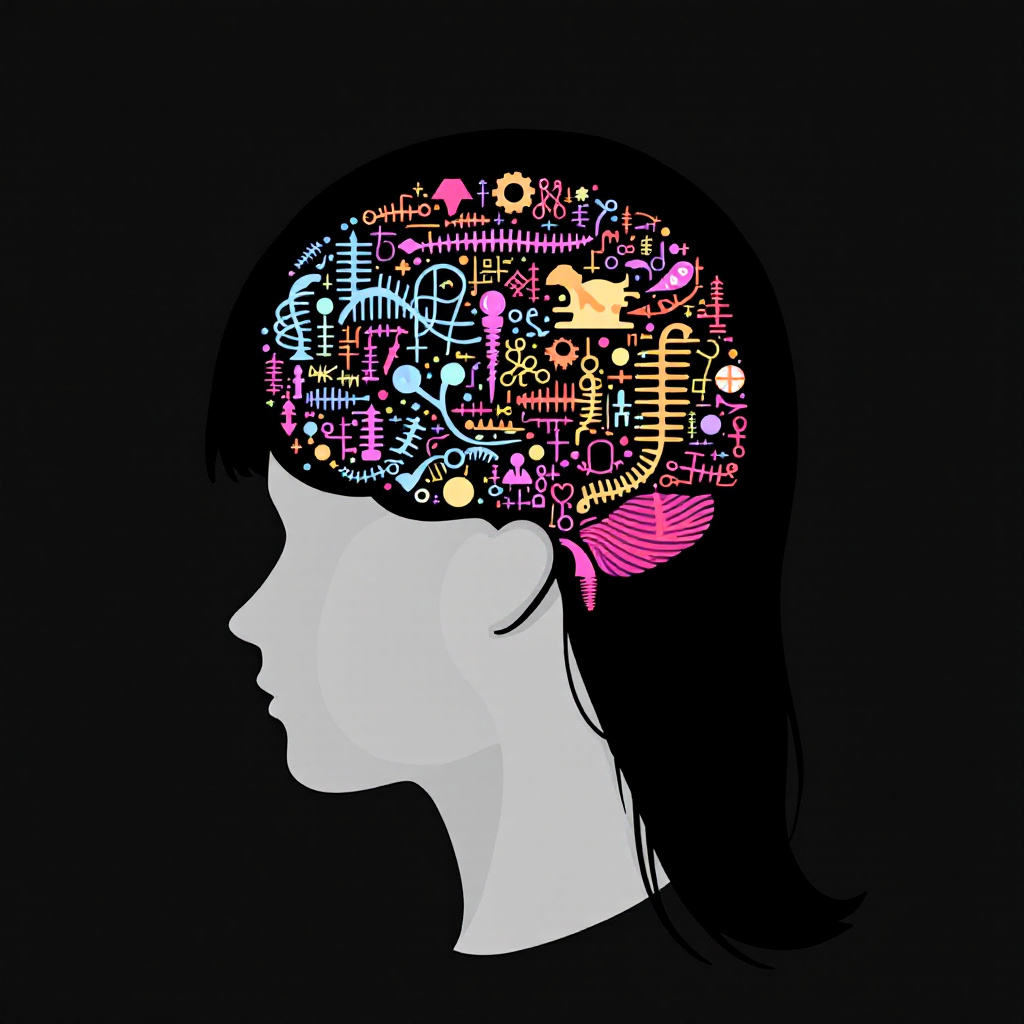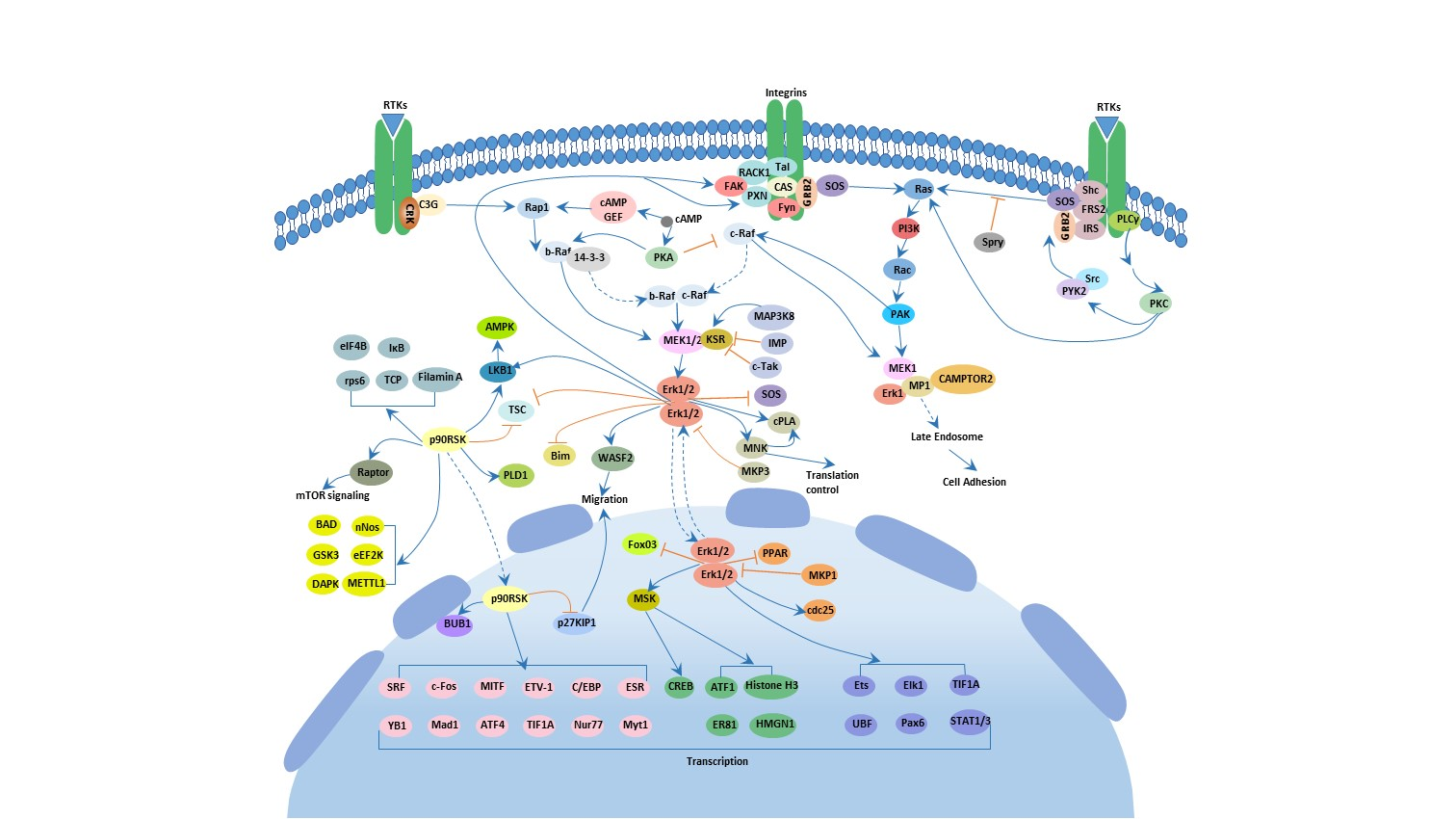Recently, hypothalamic inflammation has been linked to obesity. The evidence suggests a high fat diet leads to brain inflammation, causing the uncoupling of food intake and energy expenditure, which leads to overeating and obesity [1].
Normal Metabolic Feedback Loop
In healthy brains, the hypothalamus regulates energy and metabolism successfully. Insulin and leptin anorexigenic (“don’t eat”) signals are proportionate to fat cell mass. This means the brain tells the body to only eat what it needs based on how much energy it has spent [1].
More specifically, AgRP neurons are inhibited. These are the neurons telling the body to eat more. Additionally, POMC neurons are stimulated, which sends a “don’t eat” signal to the body. When this is working under normal circumstances, there is a balance between food intake and energy expenditure [1].

However, when a high fat diet (especially saturated fatty acids) causes hypothalamic inflammation (specifically due to increased JNK and IKK inflammatory mediators), a couple things happen. There is resistance to insulin and leptin signaling. Which essentially means the brain is not listening to these signals. Also, food intake and energy expenditure is uncoupled. This means the same metabolic feedback loop described above doesn’t work right [1].
AgRP neurons are not inhibited, causing too much excitatory (“eat”) signalling. Additionally, POMC neurons are not stimulated, causing not enough inhibitory (“don’t eat”) signalling. This means the brain tells the body to eat, regardless of how much energy is spent, or how much fat cell mass there is. The body eats too much relative to how much energy is spent, making these processes uncoupled and unbalanced [1].
Long Term Effects
The immediate effects of a high fat diet and brain inflammation described above are dysregulating, but there are also impacts with a long term high fat diet.
- Alteration in synaptic plasticity for hypothalamic neuronal systems
- Apoptosis of hypothalamic neurons and reduction of synaptic inputs
- Increased microglia in the hypothalamus, causing more inflammation
- Increased astrocytes in the hypothalamus, causing more inflammation
- Impacts on the blood-brain-barrier’s integrity
- Places in the brain and body that the hypothalamus projects to are also impacted. This includes: the rostral ventrolateral medulla, NTS, and dorsal motor nucleus of the vagus nerve in the hindbrain [1].
Interoception
So, in obesity, the signals between the brain and body are off balance, causing overeating and obesity. Interestingly, there is another cause for brain and body disconnect that could potentially lead to overeating and obesity as well. In this instance, it is not inflammation that causes obesity, but a lack of interoception ability. Interoception is:
- The perception of internal signals from the body [2]
- The ability to sense, interpret, and integrate signals originating from within the body [3]
- Signals from internal organs to the brain
- The ability to keep the body in balance
- Examples include being able to feel: hunger, thirst, cold, warm, tired, racing heart…
The main way the brain is connected to the body in order to send these signals is the vagus nerve. It is a major brain-body communication pathway, and has sensory neurons that innervate internal organs [3].
Deficits in Interoception
Some people are better at sensing these brain-body communication signals than others. One way this is measured is a task to count your heartbeat without using your fingers to find your pulse. People who have worse interoception are those with autism, ADHD, eating disorders, and depression [2].
Interoception and Obesity
Deficits in interoception are associated with relying less on hunger and satiety signals to determine when to eat. Deficits in interoception are also linked with a higher BMI. However, scientists studying this are unsure of the direction or causality of the issue. Meaning, does interoceptive deficits cause increased BMI, or are interoception deficits a result of an increased BMI? [4]
So, we know a high fat diet, leading to inflammation, causes obesity. But we also know deficits in interoception are linked to obesity. It is important to understand these links to obesity in order to make the healthiest choices for your own brain and body.
References
[1] Jais, A., & Brüning, J. C. (2017). Hypothalamic inflammation in obesity and metabolic disease. Journal of Clinical Investigation, 127(1), 24–32. https://doi.org/10.1172/jci88878
[2] McDonough, M. (2024, June). Making Sense of Interoception. Harvard Medicine Magazine. https://magazine.hms.harvard.edu/articles/making-sense-interoception
[3] Robinson, E., Foote, G., Smith, J., Higgs, S., & Jones, A. (2021). Interoception and obesity: A systematic review and meta-analysis of the relationship between interoception and BMI. International Journal of Obesity, 45(12), 2515–2526. https://doi.org/10.1038/s41366-021-00950-y
[4] Robinson, E., Marty, L., Higgs, S., & Jones, A. (2021). Interoception, eating behaviour and body weight. Physiology & Behavior, 237. https://doi.org/10.1016/j.physbeh.2021.113434




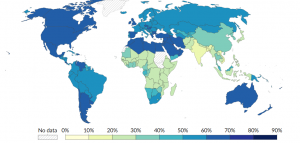
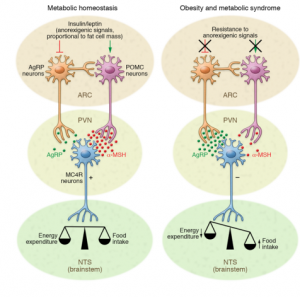
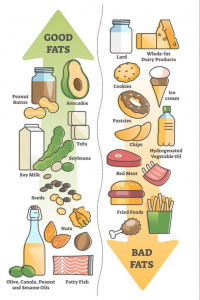





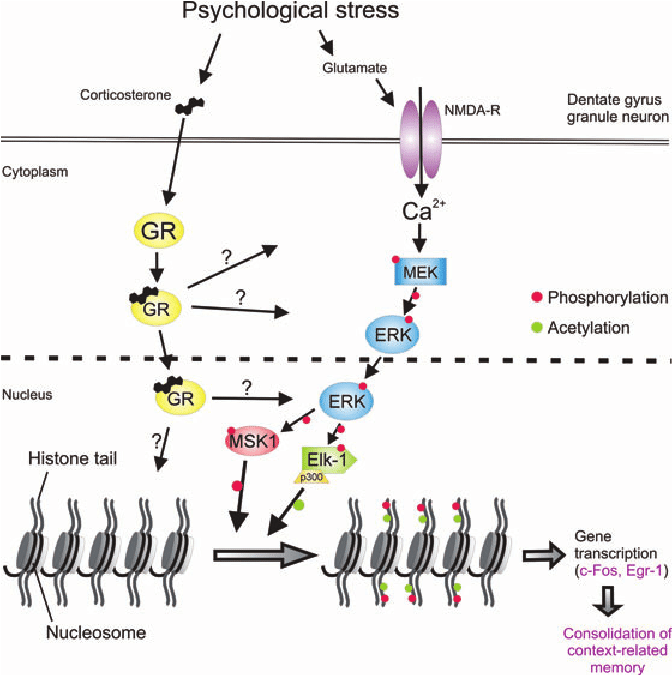

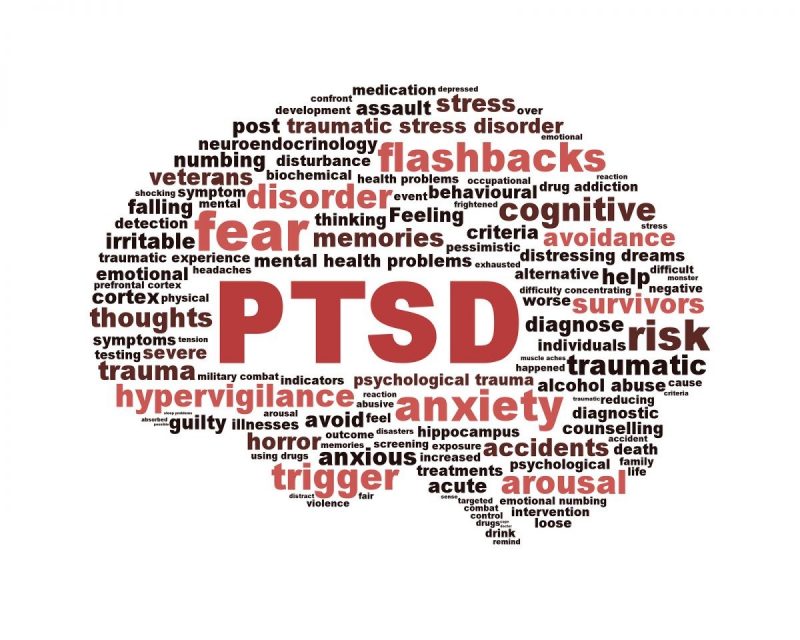
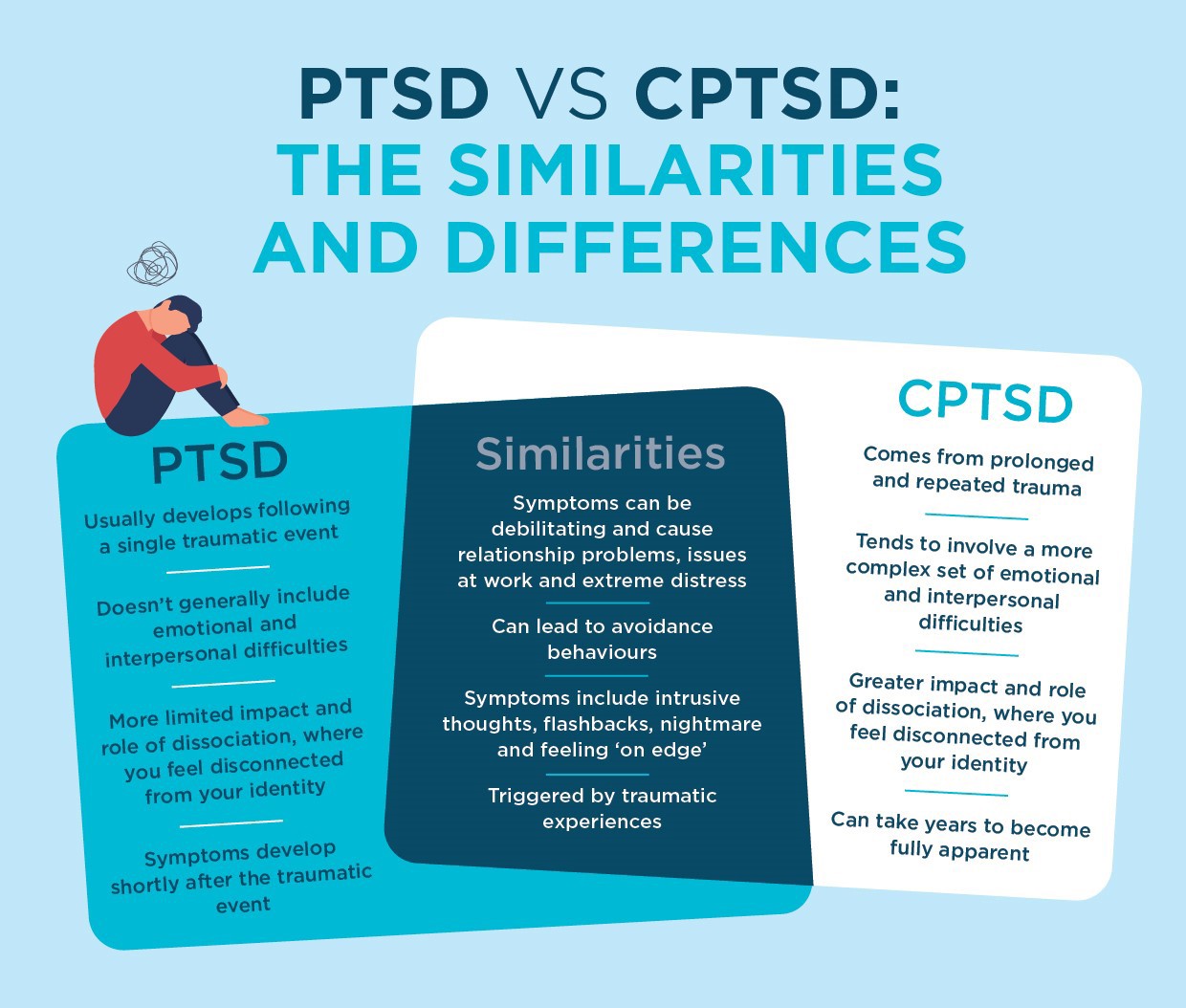
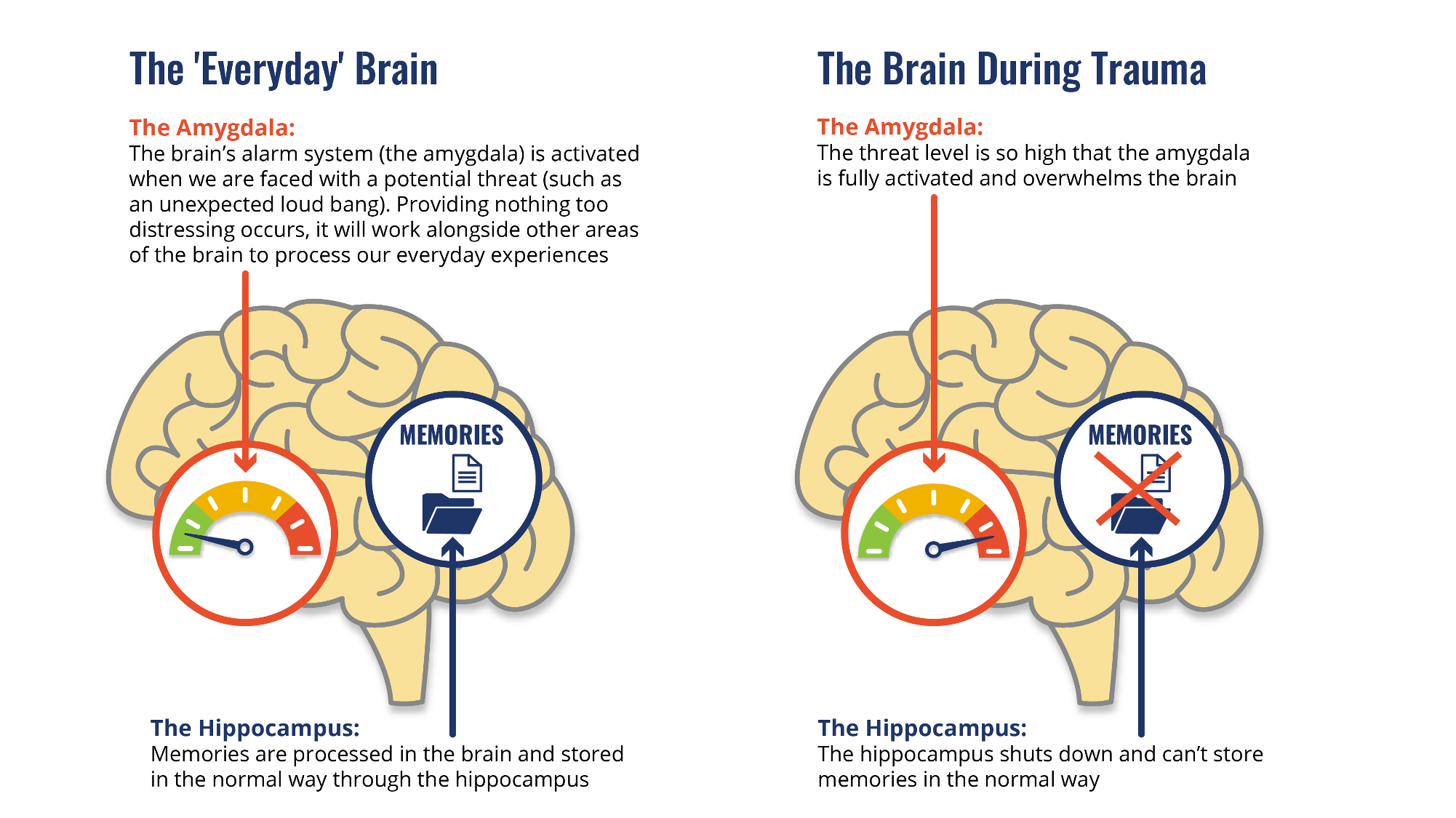

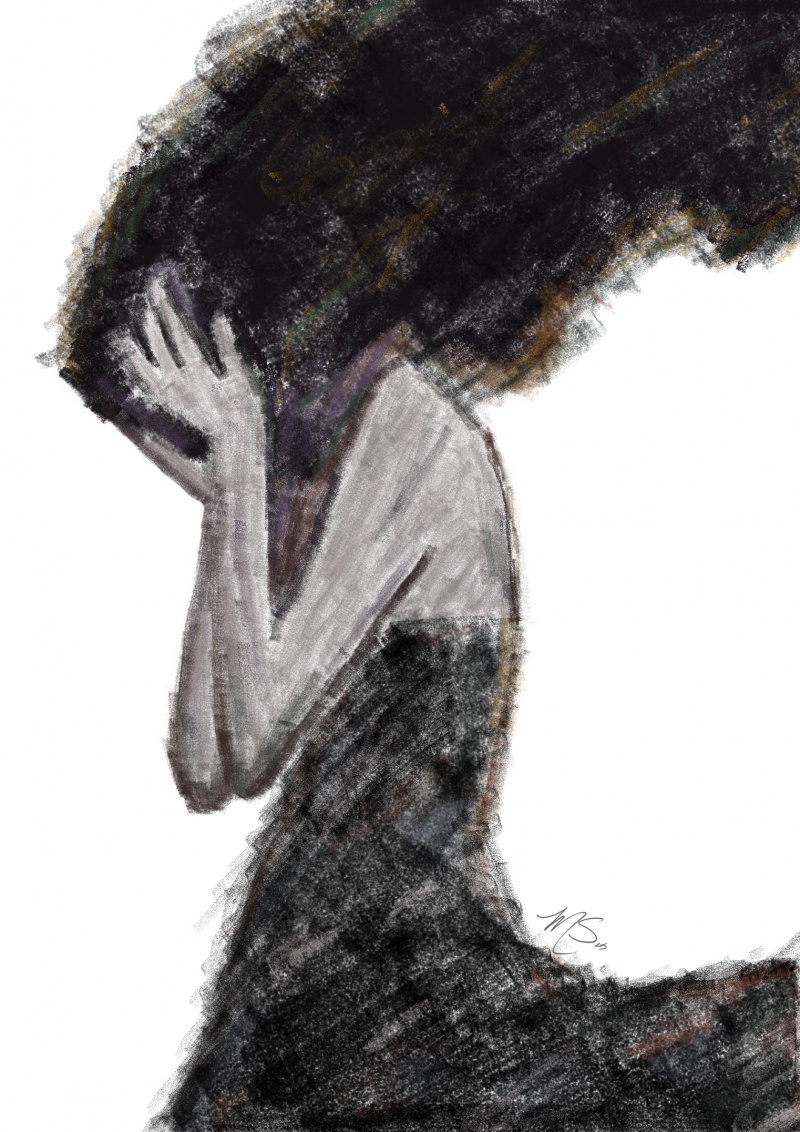

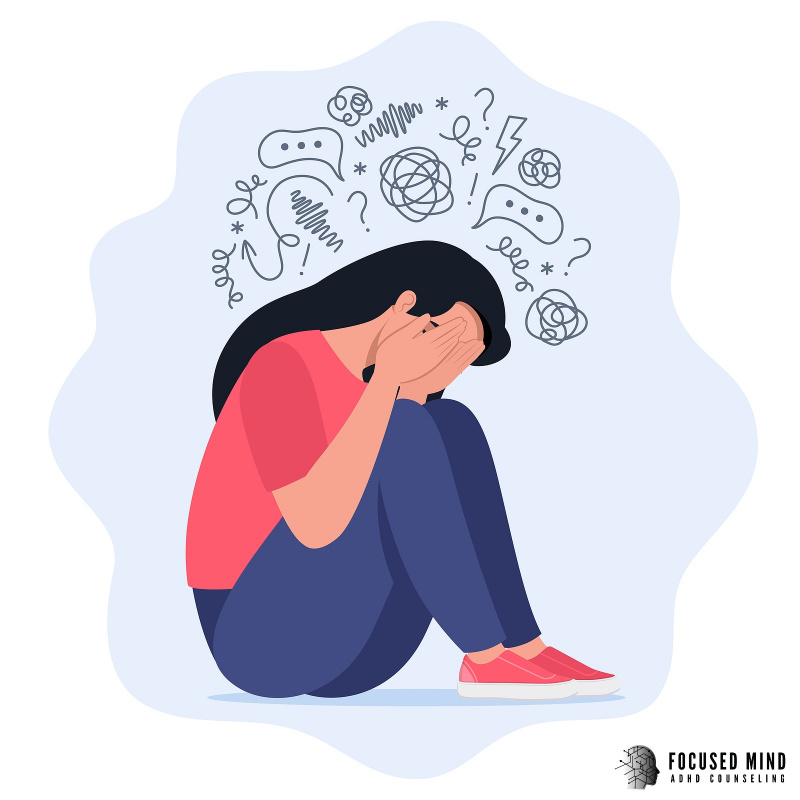
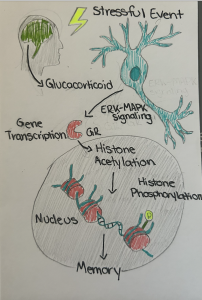
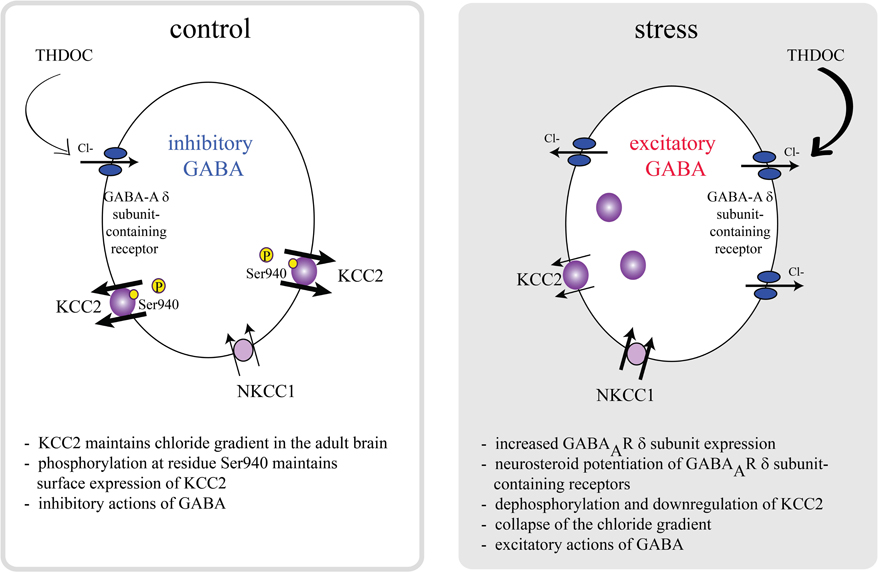
:max_bytes(150000):strip_icc()/how-to-reduce-stress-5207327_FINAL-907db114a640431ba1e8ecbb9e81b77f.jpg)
